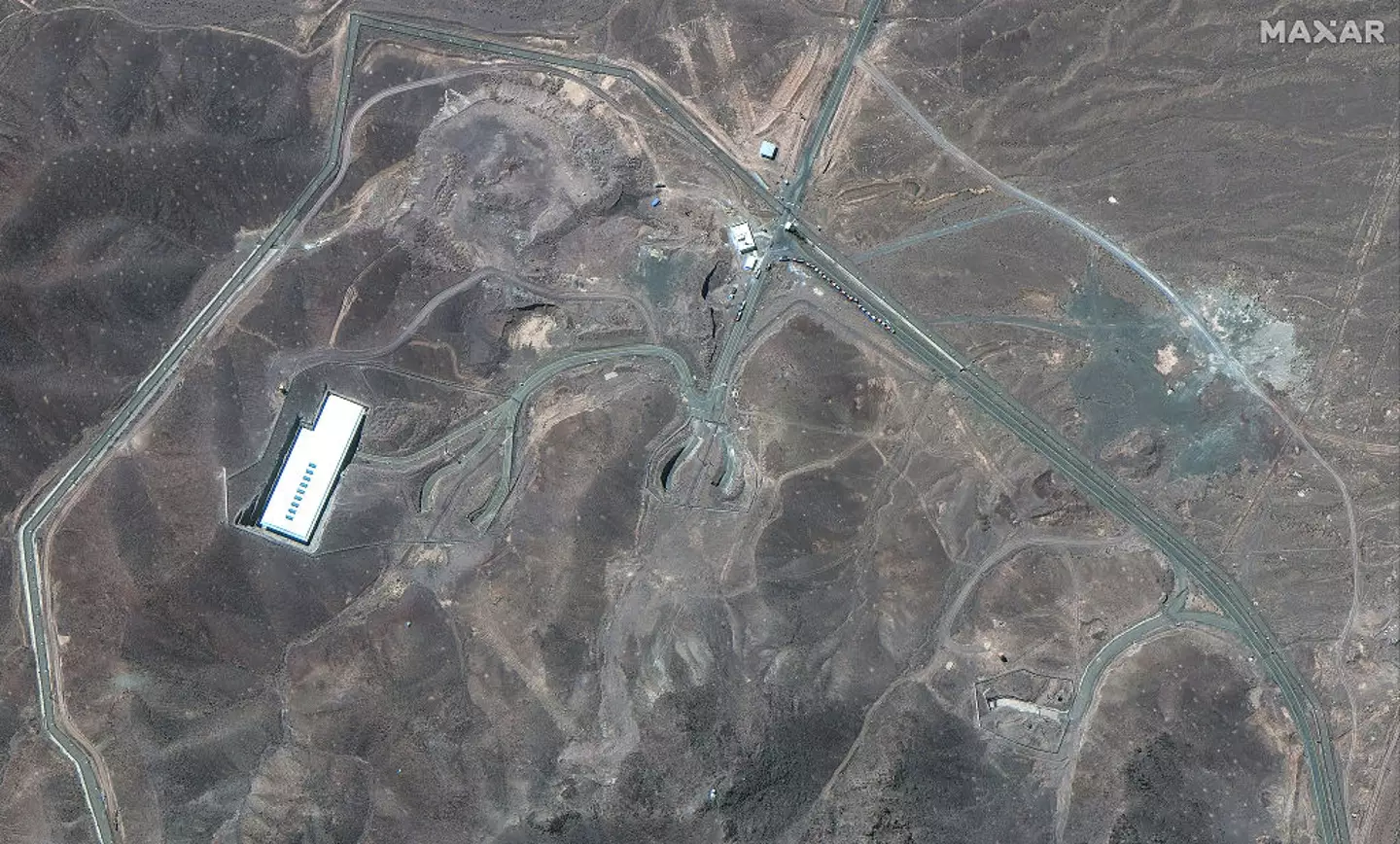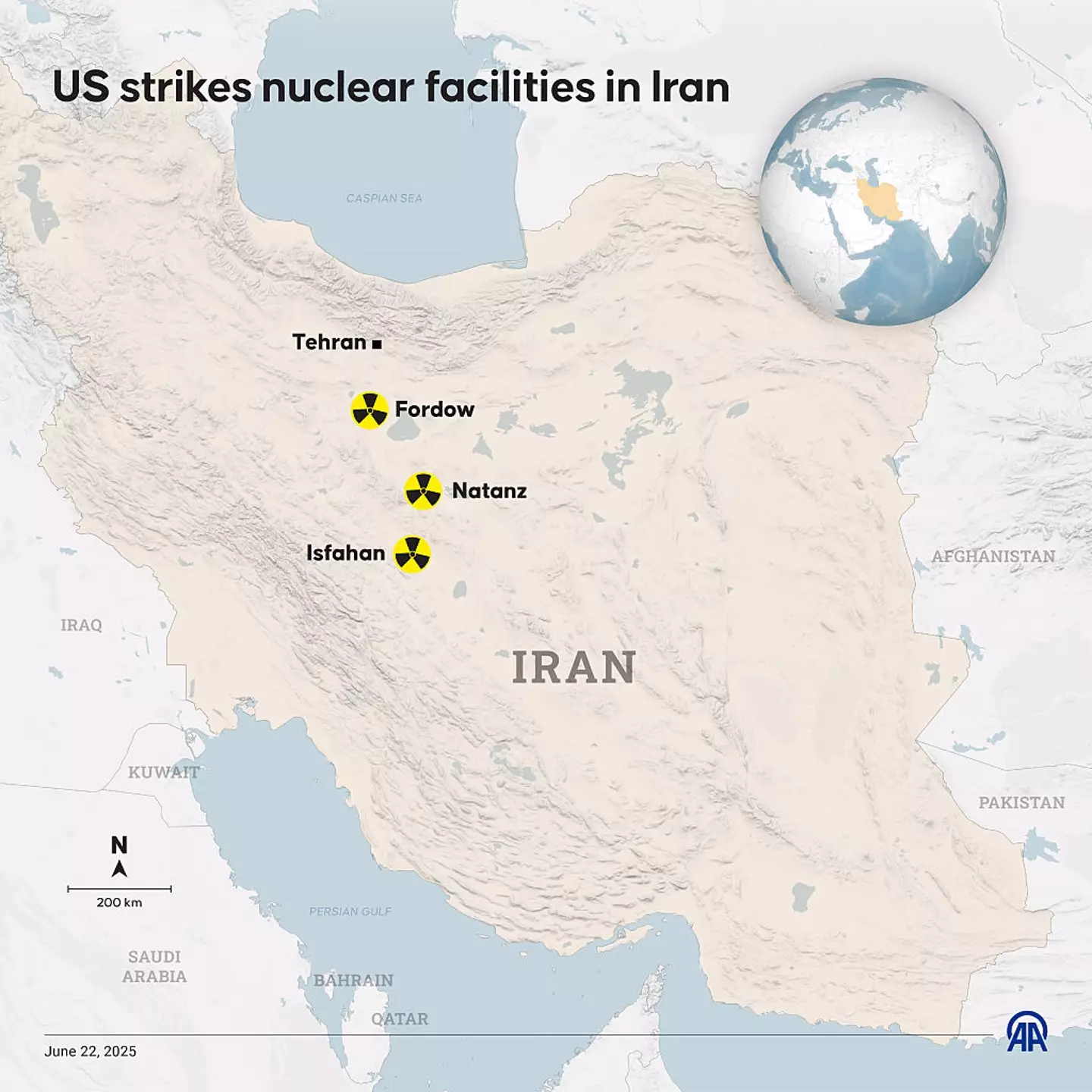President Donald Trump has delivered a forceful message to Iran in the wake of overnight U.S. airstrikes on three of the country’s major nuclear sites, warning against any attempt at retaliation.
The strikes, which targeted Iran’s Fordow, Natanz, and Esfahan nuclear facilities, came shortly after a new report raised alarms about Iran’s nuclear capabilities. The Institute for Science and International Security (ISIS) stated on June 9 that Fordow was potentially days away from producing weapons-grade uranium.
In a televised address, Trump confirmed the operation and its intent:
“A short time ago, the U.S. military carried out massive precision strikes on the three key nuclear facilities in the Iranian regime—Fordow, Natanz, and Esfahan. Everybody’s heard those names for years as they built this horribly destructive enterprise.”
The president labeled the mission a “success” and emphasized it was a preemptive move to halt Iran’s nuclear ambitions.
In response, Iranian Foreign Minister Seyed Abbas Araghchi condemned the attack in a fiery statement posted to Twitter, accusing the U.S. of violating international law and the UN Charter:
“The United States, a permanent member of the United Nations Security Council, has committed a grave violation… by attacking Iran’s peaceful nuclear installations.”
He further warned:
“The events this morning are outrageous and will have everlasting consequences. Each and every member of the UN must be alarmed over this extremely dangerous, lawless and criminal behavior. Iran reserves all options to defend its sovereignty, interest, and people.”
As tensions escalate, global leaders and international organizations are closely monitoring the situation, with growing concerns over potential retaliatory moves and a wider regional conflict.

Satellite imagery of the Fordow Fuel Enrichment Facility in Iran, taken yesterday – prior to the US bombing of the site but after numerous Israeli airstrikes (Getty images/Maxar
Just two hours prior to Araghchi’s post, the Republican president issued a scathing message, warning Iran that it would feel ‘force far greater’ than it had in the attacks that were carried out by US stealth bombers.
Taking to Truth Social, he posted: “Any retaliation by Iran against the United States of America will be met with force far greater than what was witnessed tonight. Thank you! Donald J. Trump, President of the United States.”
Now, to touch on what the nuclear watchdog had warned.
As mentioned earlier, it stated that Iran’s main nuclear factories, Fordow, could produce weapons-grade uranium (WGU) in just days.
For those unaware, natural uranium contains a percentage of roughly 0.7 percent of the isotope uranium-235, which on its own isn’t usable as fuel for nuclear reactors.
For that, it needs to be enriched to 3.5 percent by removing the isotope uranium-238.
However, Iran has been accused of enriching its mined uranium to 60 percent – which it doesn’t have any purpose enriching to such a high percentage – and storing it in large quantities.

The location of the three key nuclear sites in Iran that the US bombed (Yilmaz Yucel/Anadolu via Getty Images)
The alleged reason for doing so is because it would mean it’s done most of the work needed to get it to weapon-grade uranium (WGU), which is typically deemed at 90 percent.
“Iran could produce its first quantity of 25 kg of WGU in Fordow in as little as two to three days,” the report read.
“Breaking out in both Fordow and the Natanz Fuel Enrichment Plant (FEP), the two facilities together could produce enough WGU for 11 nuclear weapons in the first month, enough for 15 nuclear weapons by the end of the second month, 19 by the end of the third month, 21 by the end of the fourth month, and 22 by the end of the fifth month.”


